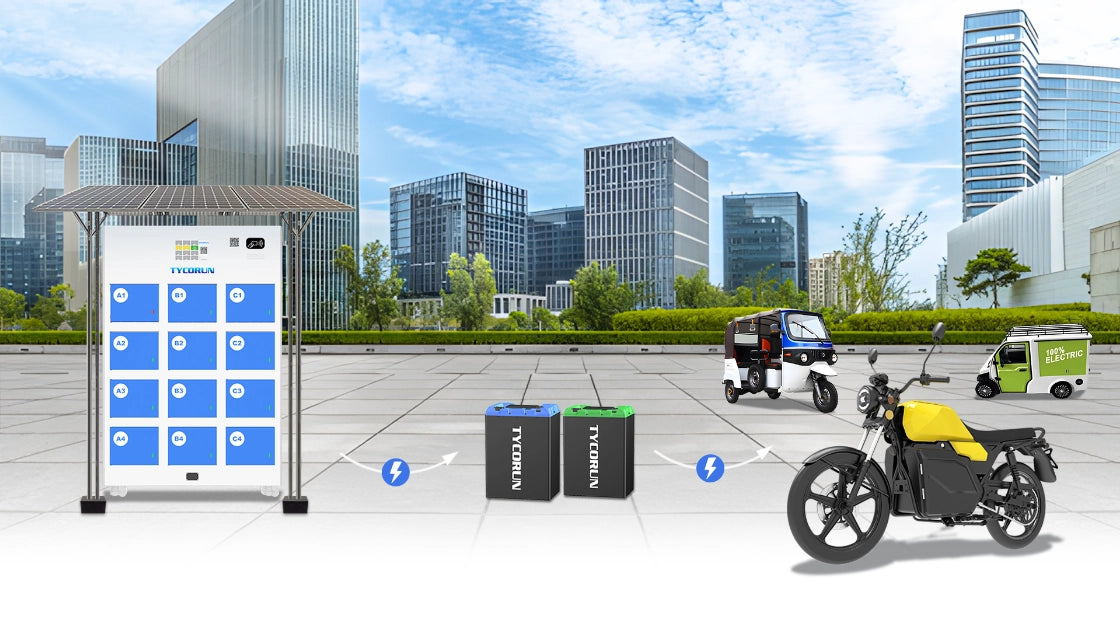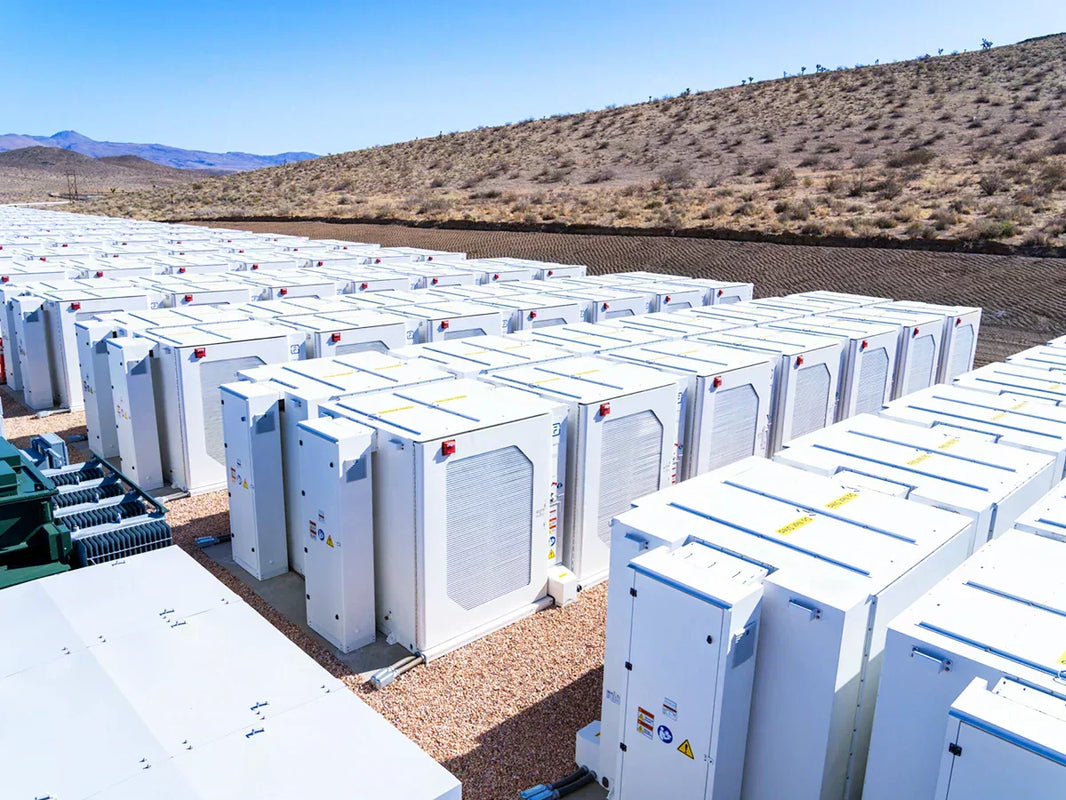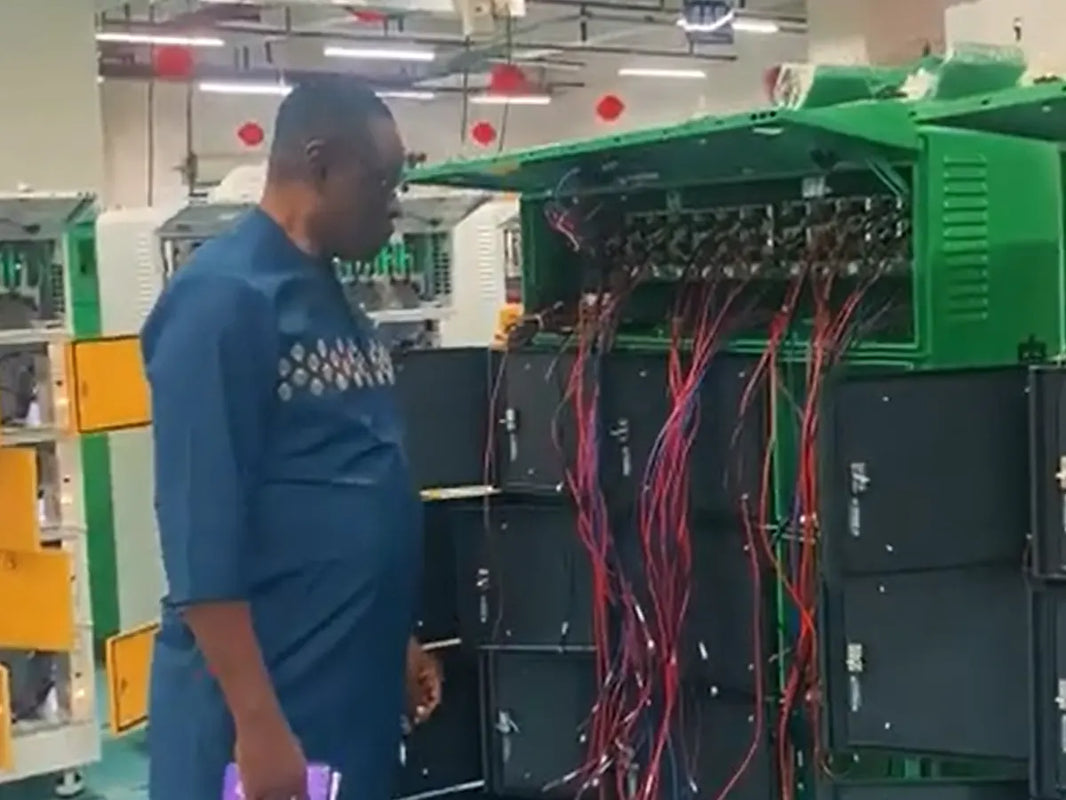As battery technology continues to evolve across vehicles, marine systems, and renewable energy storage, understanding what is an amp hour becomes crucial for selecting the right power source. The passage explains the concept of amp hours (Ah) and their relationship with volts (V), watts (W), and coulombs (C). It further introduces essential conversion formulas, compares Ah and Wh, and explores applications across different battery types and capacities. Finally, it concludes that mastering what is an amp hour helps users calculate runtime accurately, optimize battery performance, and ensure long-term energy efficiency.

Main content:
What is Amp Hours and How to Calculate It

Battery capacity ah is the capacity of the battery in amps per hour. What is an amp hour? Battery capacity ah represents how much power the battery can store. 1 Ah means a battery can discharge for 1 hour at a current of 1 ampere (A). Ah is the product of current (A) and time (h), therefore it measures how many hours of current a battery can provide under specific conditions. At the same 72V voltage, 100Ah has twice the capacity of 50Ah. Understanding what is an amp hour allows users to better estimate how long a battery will last and how much power it can deliver.
Common Amp Hour Conversion Formulas

Battery Life Calculation
Battery life (hours) = Battery capacity (Ah) ÷ Load current (A).
For example: A 10Ah battery with a load current of 2A has a battery life of 10Ah ÷ 2A = 5 hours. It should be noted that this is only a theoretical calculation; actual usage will be affected by factors such as temperature, discharge rate, and battery aging.
Amp Hours and Milliamp Hours
1Ah = 1000mAh
For example: 5Ah = 5 × 1000mAh = 5000mAh.
Amp Hours and Watt Hours
If the battery voltage (V) is known, the conversion can be made using the formula: Battery capacity (Ah) = Battery energy (Wh) ÷ Battery voltage (V). Conversely, if both capacity and voltage are known, the energy can be calculated as follows: Battery energy (Wh) = Battery capacity (Ah) × Battery voltage (V).
For example: A 12V battery with an energy of 120Wh has a battery capacity of = 120Wh ÷ 12V = 10Ah.
Amp Hours and Coulombs
Charge (Coulombs, C) = Current (A) × Time (s)
1Ah = 1A × 3600s = 3600C. For example, a 2Ah battery means it stores 2 × 3600C = 7200C of charge.
These formulas demonstrate the mathematical side of what is an amp hour and how it connects to other energy units.
Difference Between Ah and Wh
Wh is a unit of energy, representing the total energy stored in a battery. 1Wh means the battery can provide power at 1 watt for 1 hour. It combines voltage and current to more comprehensively measure the actual energy a battery can provide, analogous to "the total amount of water and pressure in a bucket."

Ah (Average Ah) is commonly used to describe the capacity of a single battery cell or cell, facilitating comparisons of the discharge capabilities of different batteries at the same voltage. For example, a mobile phone battery labeled 4000mAh indicates its capacity.
Wh (Wh) is more suitable for comparing battery energy across voltage systems or evaluating the actual range of a device. For example, electric vehicle battery capacity is often expressed in kWh (kilowatt-hours) for easy calculation of driving range. By understanding what is an amp hour, users can also translate these capacities into meaningful runtime estimates.
Importance of Amp Hours in Different Applications

Marine Applications
In the marine field, such as electric boats or trawling motor systems, the ampere-hour (Ah) capacity of the battery determines the sailing time and the reliability of the equipment. Trawling motors require high-Ah batteries to ensure stable operation over long periods, especially during long voyages or sea fishing.
Insufficient battery capacity (too low Ah) may cause power outages at critical moments, affecting the normal operation of navigation systems, lighting equipment, and even communication devices, thus posing safety risks. Therefore, choosing a high-Ah, deep-cycle battery is a primary requirement for marine use, ensuring stable performance even under prolonged discharge.
Mobile Electronics
In portable devices such as amateur radios (Ham Radio), handheld GPS devices, or field mapping instruments, the battery's Ah directly impacts the device's runtime and operational efficiency. When operating in remote areas with limited power supply, only a sufficiently high Ah battery can guarantee continuous operation for extended periods. For example, battery durability is crucial in emergency communications or rescue missions.
If the Ah is too low, the device may fail at critical moments, leading to communication disruptions. Therefore, choosing a high-capacity (high Ah) battery significantly improves the device's usability and reliability.
RVs & Vans
For RVs, campervans, and off-road camping systems, a high Ah battery is fundamental for achieving independent power supply and a comfortable experience. These vehicles typically require power for refrigerators, lighting, air conditioning (HVAC), and entertainment systems. High-Ah batteries provide longer power without external power, allowing users to maintain home-like convenience even outdoors.
For example, a 200Ah lithium battery pack can power lighting, cooling, and electronic devices overnight without needing to start a generator. Higher Ah levels mean longer off-grid range and greater comfort.
Applications of Different Amp Hour Ratings

Small Batteries (1–50Ah)
Small-capacity batteries are typically used in devices with lower power demands, such as electronic instruments, wheelchairs, electric skateboards, fish finders, and portable lighting equipment. These batteries are characterized by their lightweight design, portability, and short charge/discharge cycles, making them suitable for scenarios requiring flexible mobility or short-term power supply.
For example, a 10Ah battery can provide several hours of stable power to a fish finder while achieving a good balance between capacity, size, and price. For mobile electronic devices, the energy density and output stability of low-Ah batteries are more important than absolute capacity.
Medium-capacity batteries (50–100Ah)
Medium-capacity batteries are commonly used in applications such as trolley motors, marine backup power supplies, small energy storage systems, and electric transport vehicles. They offer longer runtime and higher current output, supporting extended operation under medium-power loads.
For example, a 12V 80Ah deep-cycle battery can power a marine navigation system, sonar, and lighting equipment for several hours simultaneously, ensuring reliability and continuity. Medium-capacity batteries achieve an ideal balance between weight and capacity, making them a common choice for home, outdoor, and light-duty power systems.
Large-capacity batteries (100–500Ah+)
Large-capacity batteries are a core component of RVs, boats, solar energy storage systems, and off-grid power systems. These batteries have high energy storage capacity and can maintain stable output during prolonged grid outages or continuous operation. For example, in solar energy storage systems, a 200Ah lithium iron phosphate battery can power home nighttime lighting and appliances; in boats or RVs, high-Ah batteries ensure continuous power for cooling, heating, and multiple devices. These types of batteries typically employ higher energy density lithium-ion battery chemistry to reduce weight and improve cycle life.
The Significance of Amp Hours in Car Batteries
In automotive applications, the ampere-hour (Ah) value of a battery represents the time it can power a vehicle’s electrical systems when the engine is off. When headlights, audio, or navigation are running without alternator support, what is an amp hour determines how long the system stays operational.
The Ah requirement for automotive batteries is affected by several factors. First, cold start performance (what cca means on a car battery) determines whether the battery can provide sufficient current to start the engine at low temperatures. Second, the power consumption of vehicle auxiliary electrical equipment, such as heated seats, air conditioning fans, and multimedia systems, increases the capacity requirements.
In addition, ambient temperature affects the chemical reaction rate; the actual effective Ah decreases significantly at low temperatures; the higher the discharge rate, the lower the usable battery capacity; and physical size limitations determine the maximum capacity that can be installed in a vehicle.
Conclusion
Knowing what an amp-hour is allows users to better estimate power duration and efficiency across all devices. Whether for solar storage, RV systems, or portable tools, understanding Ah helps balance energy capacity and runtime. It’s the foundation for smarter energy planning and maximizing battery performance in real-world applications.
FAQs
How important are amp-hours in a battery?
Amp-hour (Ah) is a key metric for measuring how much energy a battery can store, determining how long it can continuously power the device. For electric vehicles, energy storage systems, or portable devices, a higher Ah value results in longer range and more stable performance. Choosing the appropriate Ah value ensures efficient operation of the device under different power loads, avoiding premature power loss or insufficient capacity.
How many amp-hours should I need?
The required Ah depends on the device's power and usage duration. The calculation method is: Battery capacity (Ah) = Load current (A) × Desired runtime (h). If the device has high power or a longer range is desired, a battery with a larger Ah value should be selected. For example, a 100Ah or higher battery is recommended for outdoor energy storage, while 10-20Ah is sufficient for portable devices.
How long will a 100-amp-hour battery last?
Theoretically, a 100Ah battery can last 100 hours at 1A current and approximately 20 hours at 5A current. However, the actual time will be shortened due to temperature, discharge rate, and battery aging. With a 12V system, the total energy is 1200Wh, which can support a 60W device for approximately 20 hours. Proper discharge can extend battery life and range.
















